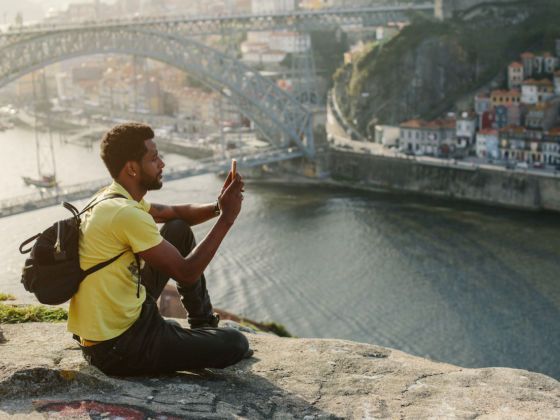IT WAS NEARLY two years ago that I switched over into the iPhone realm and my life as a traveler changed completely. As a an avid iPhoneographer, or “fauxtographer” as I like to call it, I believe that what can be created from photos taken on iPhones and then altered with various photo applications can really give professional photographers with expensive cameras and photo editing programs a run for their money.
Photo ops are often spontaneous and unpredictable, which is why being able to snap a quick photo with your iPhone over a traditional camera is sometimes a better option, especially while traveling. No heavy equipment required, nor expensive editing software.
Best of all, you can do it just about anywhere so long as you have battery power on your phone and time on your hands—it’s a perfect hobby for travelers in transit. Here are a few recommendations for getting started as an iPhoneographer.
